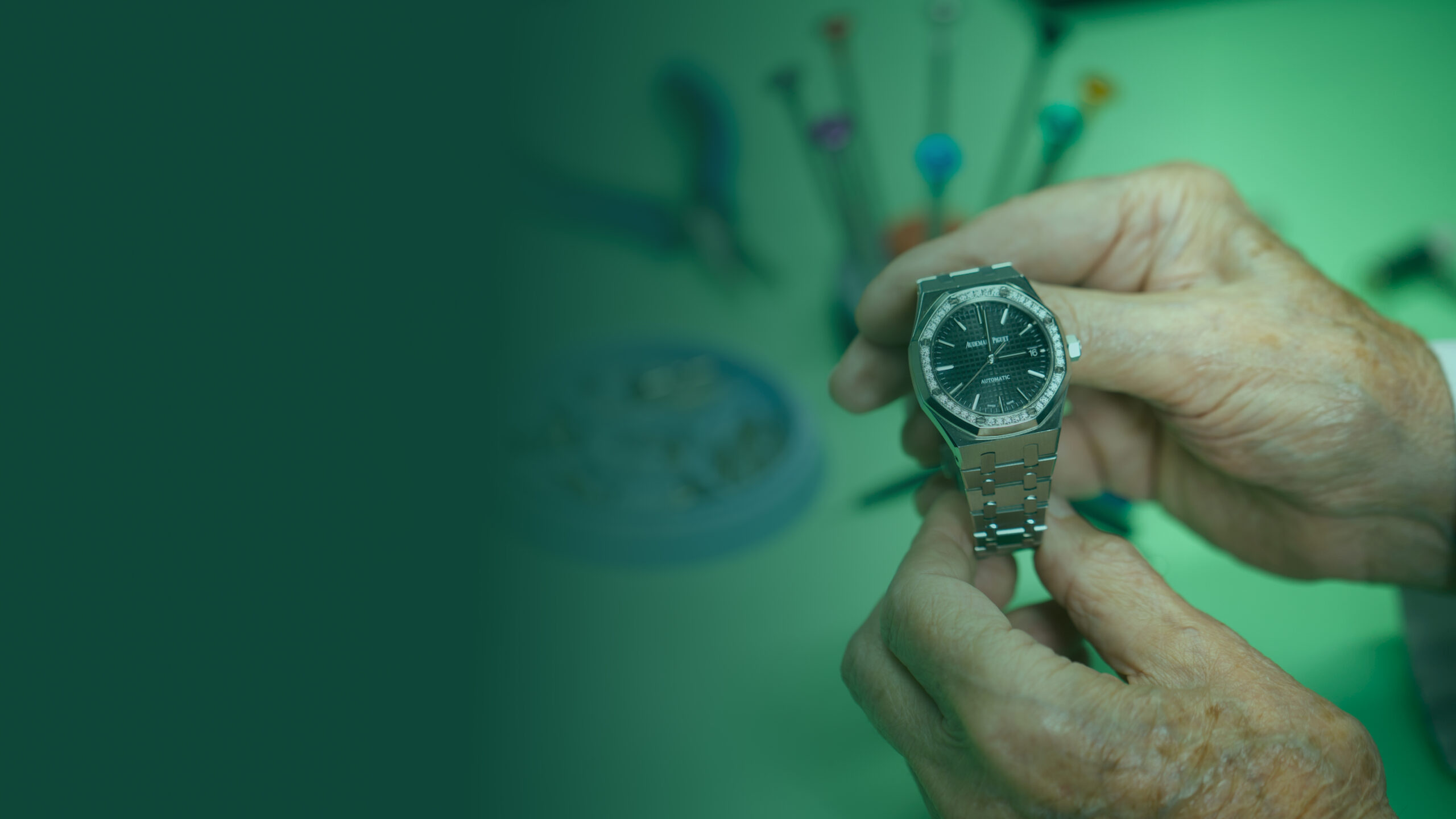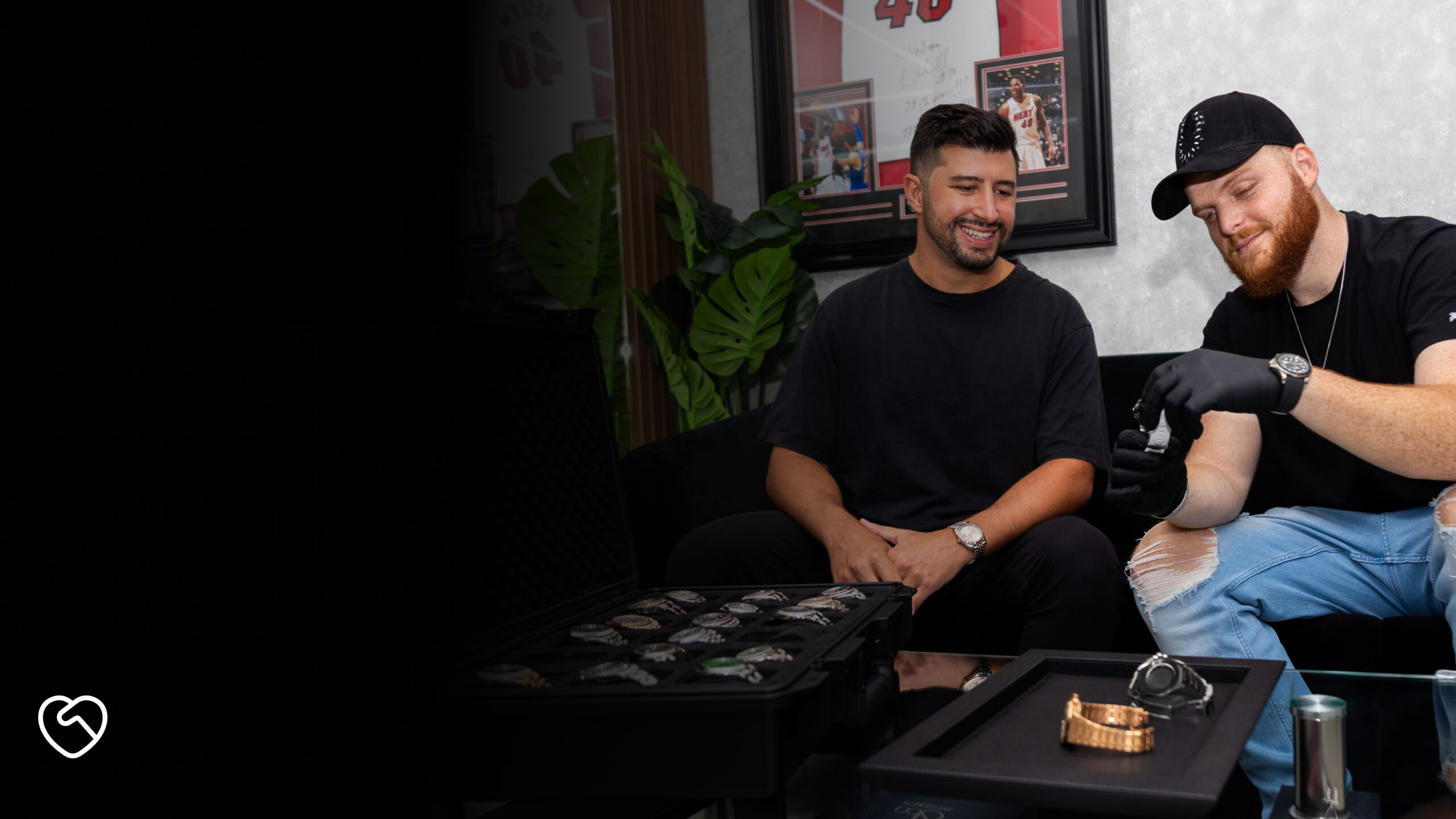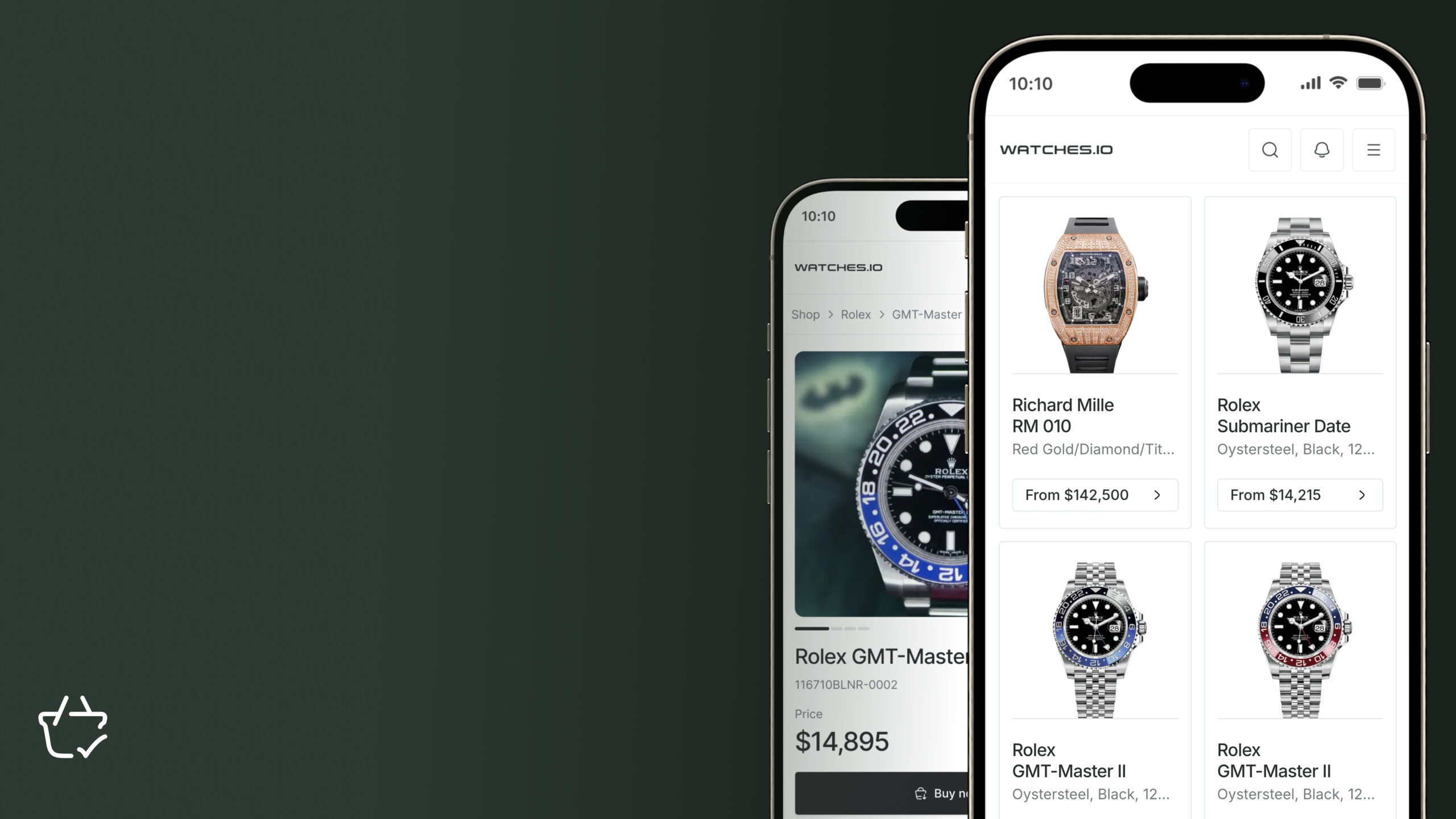Rolex watches are admired the world over for their intricate design and precision. Many of these global admirers are inclined to ask, do Rolex watches have batteries? This curiosity is common among both expert enthusiasts and first-time buyers. The answer, for the vast majority of Rolex models, is a resounding “No”. Instead, they are powered by meticulously crafted mechanical movements, a hallmark of the brand’s unwavering dedication to traditional watchmaking. While Rolex did experiment with quartz movements in the past, specifically with the Oysterquartz model, the brand has primarily focused on mechanical timepieces, a design strategy which has solidified its reputation as a leader in the world of luxury watches.
To fully appreciate why Rolex watches typically don’t use batteries, it’s important to understand the intricate mechanisms that power them.
How Does a Rolex Watch Work? The Mechanical Mastery
Rolex watches beautifully showcase the fine art of watchmaking with their intricate mechanical workings. At the heart of a typical Rolex is the movement, a finely-tuned assembly of gears, springs and other components that work together to keep accurate time. Unlike quartz watches that rely on batteries, Rolex watches use an automatic winding mechanism, which harnesses kinetic energy from the wearer’s wrist movements to wind the mainspring and power the watch.
Invented in the 1600s, the mainspring is a revolutionary mechanism that originally was designed to allow pocket watches to be powered for longer periods due to its gradual unwinding movement. A fully-wound watch can last for a day and a half, with some models lasting up to three days. Rolex advanced this concept in 1931 with the invention of the Perpetual rotor, the world’s first self-winding mechanism. The term “Perpetual” moniker refers to its ability to run solely on the energy provided by the motion of the wearer’s wrist. As the wearer moves, rotors or metal weights inside the watch oscillate freely, transferring energy to the mainspring. This continuous winding ensures the watch remains powered without the need for manual winding or battery power.
Their use of high-quality materials and innovative technology further enhances the precision of Rolex’s movements. Rolex employs a proprietary alloy called Parachrom for their hairsprings, a material which is resistant to shocks and magnetic fields and thus enhances accuracy in various conditions. Additionally, Rolex’s rigorous manufacturing, assembly and testing processes guarantee that each watch meets the highest standards of performance and reliability.
Rolex Oysterquartz: The Only Rolex With a Battery
The Rolex Oysterquartz is unique within the Rolex family as the only model that relies on a battery. Introduced in the late 1970s during the quartz revolution, the Oysterquartz combined Rolex’s renowned craftsmanship with the precision of quartz technology. This model features a distinct angular case design and a quartz movement, offering exceptional accuracy and minimal maintenance compared to its mechanical counterparts.
The Rolex Oysterquartz represents an interesting chapter in Rolex’s history, blending traditional luxury with modern innovation and popular trends. Although production of the Oysterquartz was halted in 2001, it remains a notable exception to Rolex’s predominantly mechanical lineup.
How Do Rolex Watches Work Without a Battery?
Rolex watches achieve their legendary performance without batteries through sophisticated mechanical movements. The automatic winding mechanism captures energy generated by the natural motion of the wearer’s wrist. This energy winds the mainspring, storing power that is then gradually released to drive the movement. Key components such as the gear train and escapement mechanism regulate the energy flow, ensuring precise timekeeping. The power reserve allows the watch to continue running even when not worn, maintaining accuracy and reliability.
Mechanical vs Quartz: Benefits and Distinctions
Rolex offers both mechanical and quartz movements, each with benefits and distinctions. Let’s explore the key differences and benefits of these two watchmaking powerhouses.
|
Feature |
Mechanical Movement |
Quartz Movement |
|
Timekeeping Accuracy |
High, but can vary |
Extremely high, consistent |
|
Power Source |
Kinetic energy |
Battery |
|
Maintenance |
Regular servicing needed |
Minimal, battery replacement |
|
Durability |
Robust with care |
Highly durable |
|
Cost of Servicing |
Higher due to complexity |
Lower, mainly battery replacement |
|
Heritage and Craftsmanship |
Traditional watchmaking |
Modern precision technology |
|
Aesthetic Appeal |
Intricate design |
Sleeker, often lighter |
|
Collector’s Value |
High, especially vintage models |
Less collectible, valued for reliability |
Mechanical movements are celebrated for their craftsmanship and artistry. They offer a traditional, hands-on approach to watchmaking and are often prized collector’s items. Quartz movements provide superior accuracy and lower maintenance, making them practical for daily wear. With their precision and minimal upkeep, Quartz watches are ideal for reliable timekeeping.
Considering a Rolex Purchase? What to Think About
When you’re ready to purchase a Rolex, several key factors will help you make the best choice. From personal style to lifestyle compatibility and budget, each aspect plays an important role in selecting the perfect timepiece.
Here’s what to consider:
Considerations of Style: When choosing a Rolex, consider your personal style. Rolex offers a variety of models, from the classic Datejust to the sporty Submariner. Consider the occasions you will wear the watch and whether you prefer a traditional or contemporary look. A Rolex should complement your wardrobe and reflect your taste.
Lifestyle Compatibility: Your lifestyle plays a crucial role in selecting the right Rolex. For an active lifestyle, models like the Submariner or Explorer, known for their durability and water resistance, may be ideal. For formal events or professional settings, the elegant Day-Date or Oyster Perpetual might be more suitable. Consider how the watch’s features align with your daily activities.
Budget: Setting a budget is essential when buying a Rolex, as prices vary significantly across different models. Determine how much you are willing to spend and explore options within that range. Remember that a Rolex is not just a watch but an investment that appreciates over time. Consider the market value and potential resale value of the model you choose.
Explore our marketplace of Rolex watches to find one that matches your style and budget. Visit Watches.io today!
Shop Rolex Watches from Watches.io
Purchasing a Rolex is a significant investment, and Watches.io offers a trusted marketplace to make this process seamless and secure. With various payment options ranging from credit cards and bank transfers to cryptocurrencies, our platform ensures flexibility for every buyer. Each Rolex watch comes with an authenticity guarantee, providing peace of mind. The secure transaction process protects your investment, making Watches.io the ideal place to shop for your next Rolex.
Ready to own a piece of history? Shop authentic Rolex watches at Watches.io and invest in timeless luxury today.
FAQs on Rolex Watches Having Batteries
Do any Rolex watches have batteries?
Yes, the Rolex Oysterquartz is the only Rolex model that has a battery. It was produced from 1977 to 2001 and features a quartz movement powered by a battery, unlike the majority of Rolex watches which are mechanical.
Do Rolex watches stop running?
Yes, if not worn for a while then automatic Rolex watches can stop running. This happens because they rely on the wearer’s wrist movements to wind the mainspring. If a Rolex watch stops, it can be manually wound to get it running again.
How long does a battery last in a Rolex?
In the Rolex Oysterquartz models, the battery typically lasts between 3 to 5 years. It’s important to replace the battery promptly to maintain the watch’s accuracy and functionality.
Does a Rolex Submariner have a battery?
No, the Rolex Submariner does not have a battery. It is an automatic watch powered by a wound spring. Therefore it utilizes movement of the wearer’s wrist to generate a mechanical movement known for its precision and reliability.
Will Rolex service a watch without papers?
Yes, Rolex will service a watch without papers. However, having the original papers can help verify the authenticity and provenance of the watch, which may streamline the servicing process.
While documentation isn’t mandatory, it’s always beneficial to keep records of past services. If you’re unsure whether your watch needs maintenance, watch for signs that your Rolex needs servicing. Common indicators include loss of accuracy, moisture under the crystal, difficulty winding, or an unusual ticking sound. If you experience any of these issues, taking your Rolex to an authorized service center promptly can help prevent further damage.
If you’re bringing your Rolex in for service, it’s best to provide any available documentation to ensure a smooth process.






